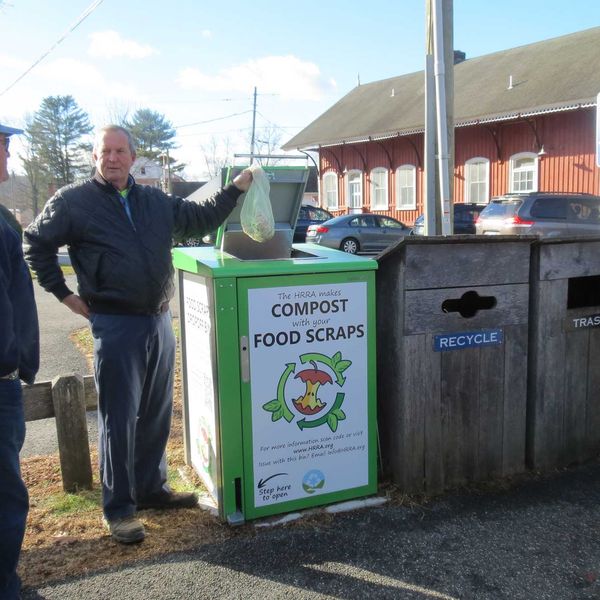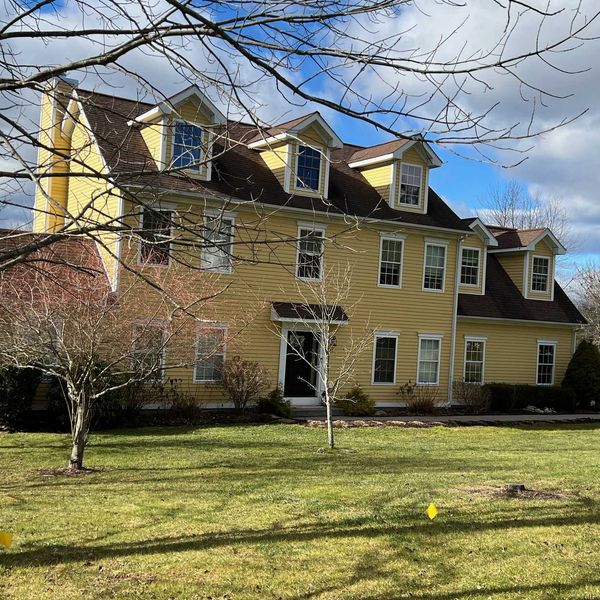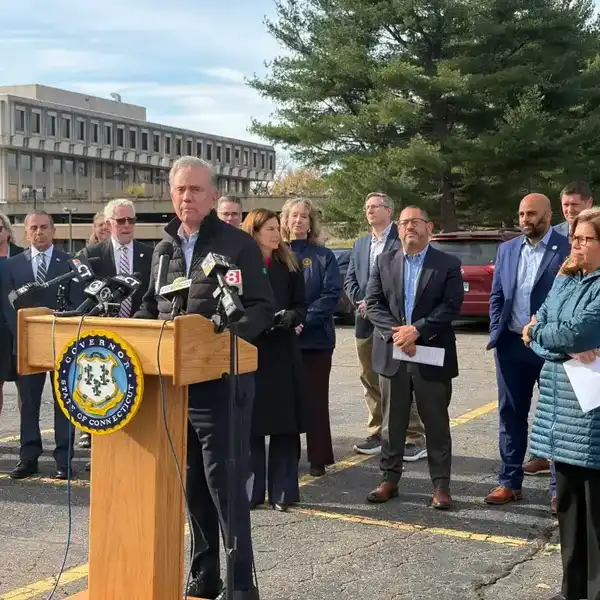To Tuck Into a Stocking: A Portal to Dreams of NYC
John Tauranac, designer of the iconic New York City subway map, has a new and improved map that he is selling at retail outlets, including the Wish House in West Cornwall. Photo by Cynthia Hochswender


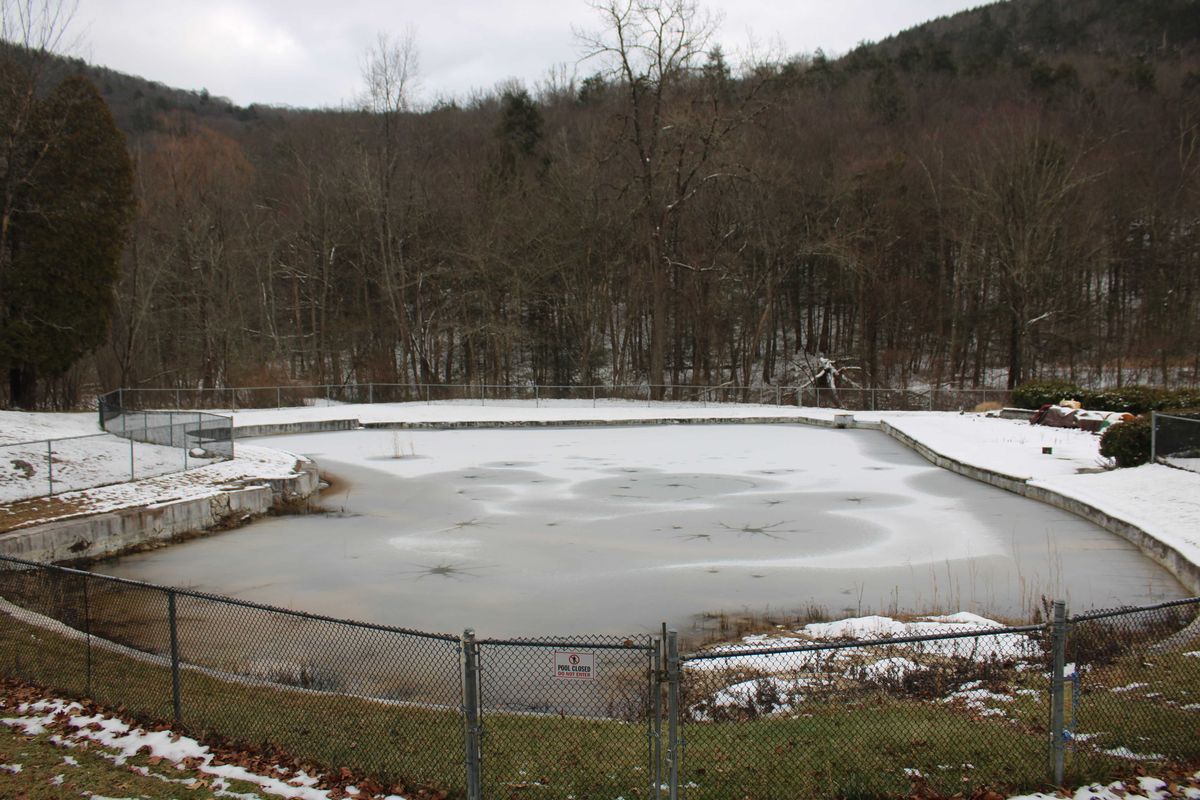
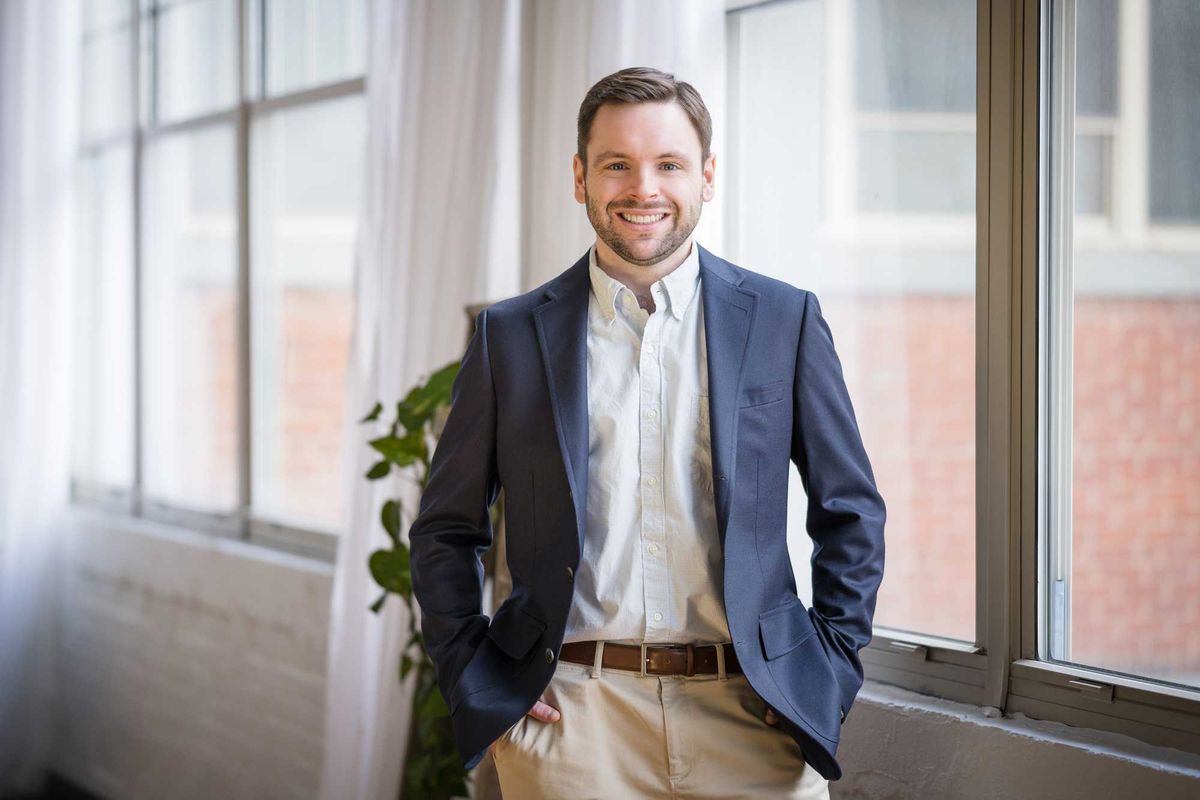
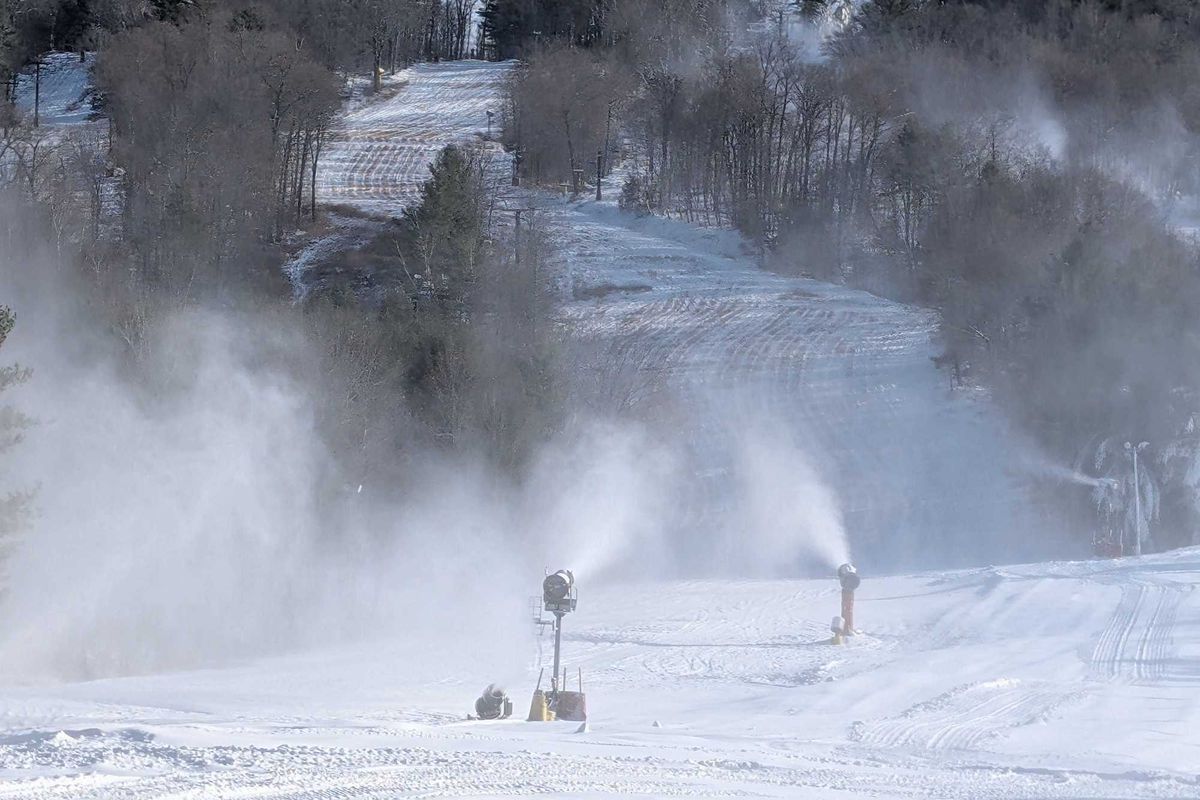

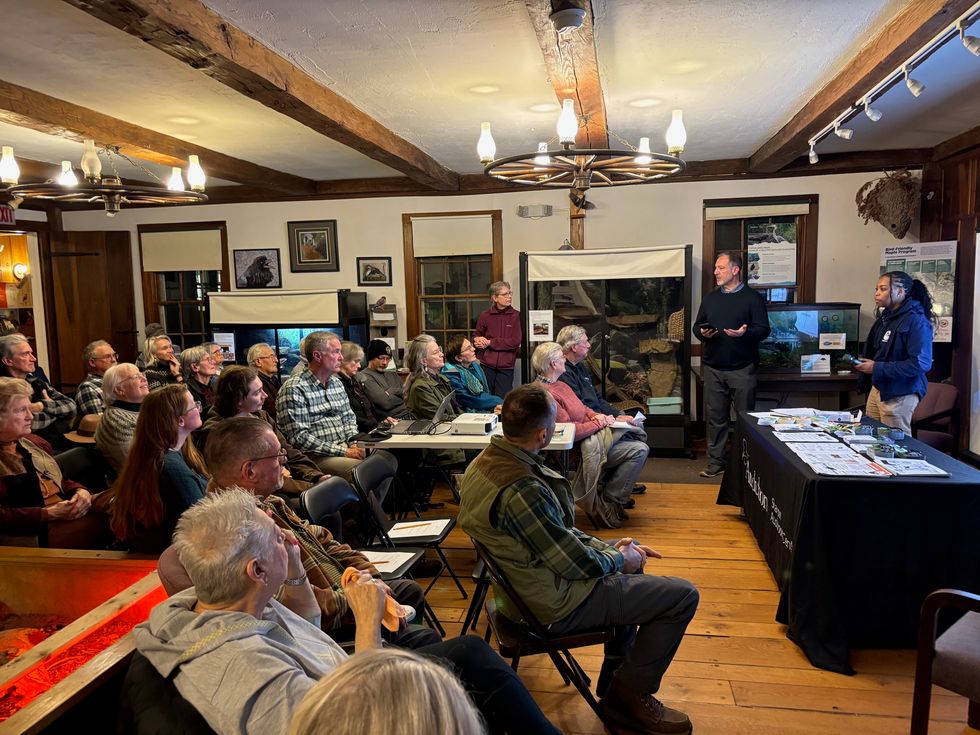 Attendees at the DEEP meeting in Sharon on Dec. 3By Christian Murray
Attendees at the DEEP meeting in Sharon on Dec. 3By Christian Murray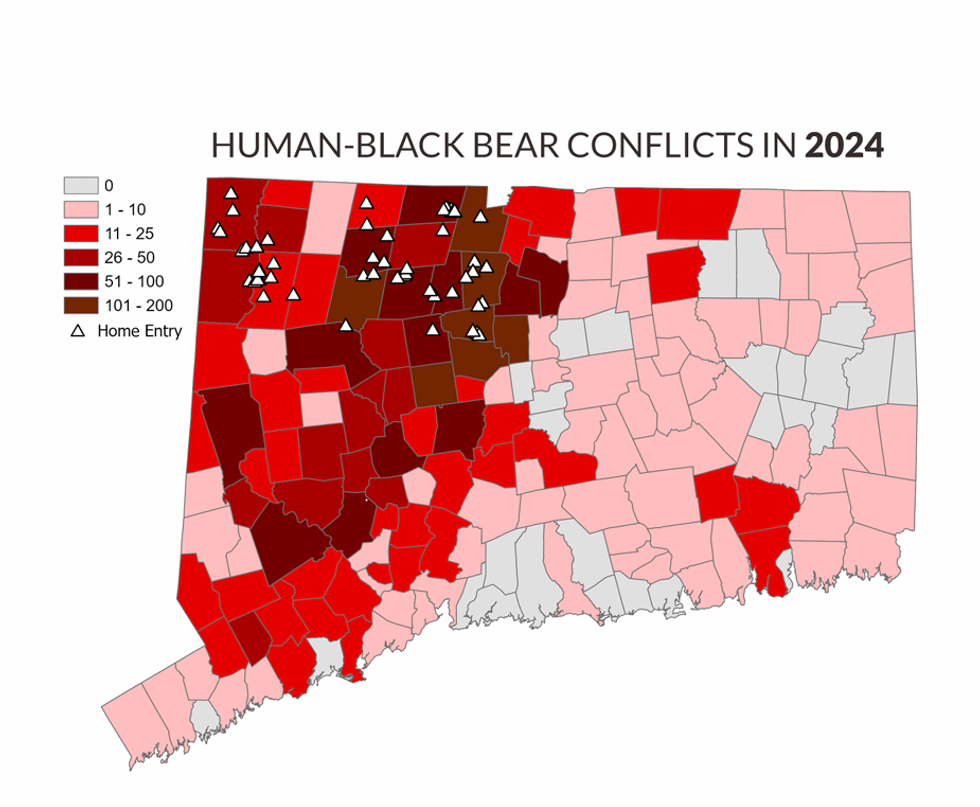 From the State of the Bears Report released March 2025CT DEEP
From the State of the Bears Report released March 2025CT DEEP